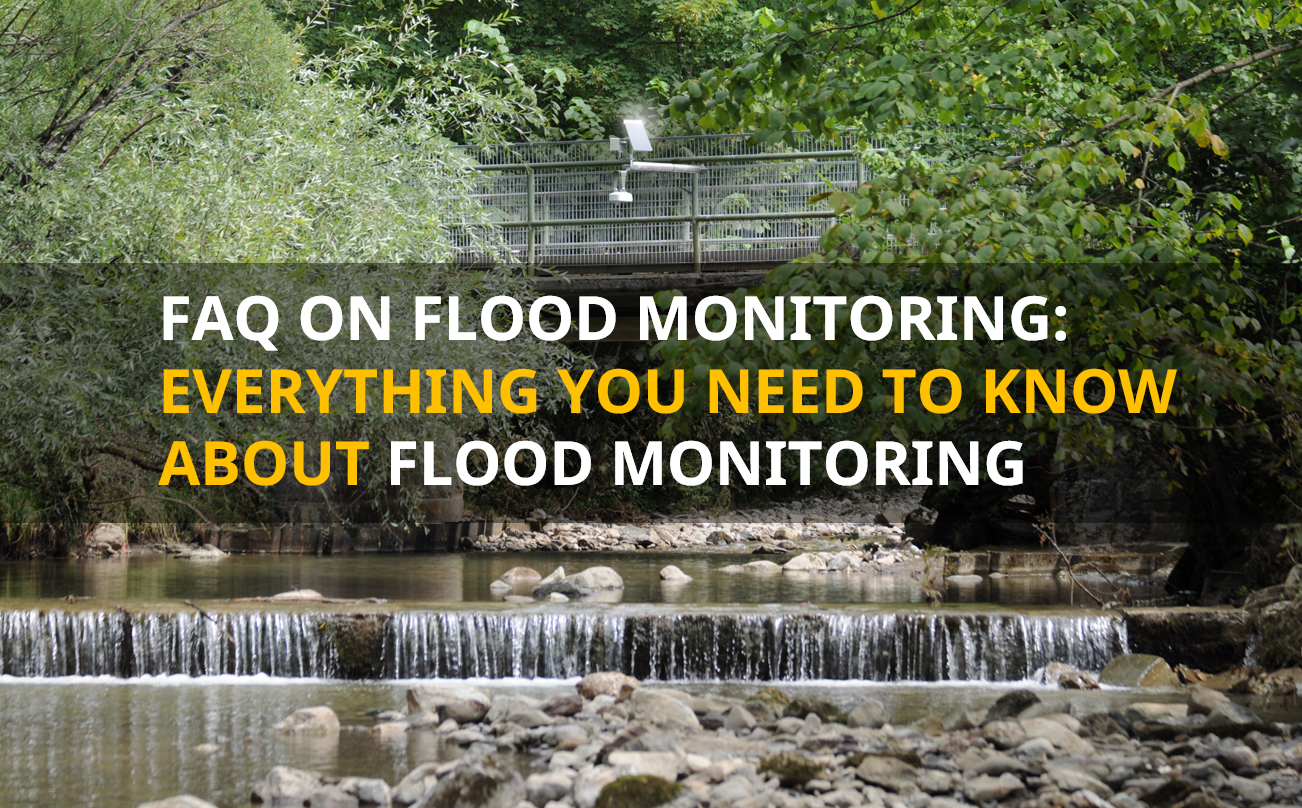Why is data becoming increasingly important for professional environmental technology?
In many areas the evaluation of large amounts of data plays a significant role. And so it is with the climate and weather monitoring data. The data must be collected, evaluated and stored. In order to complete such processes within a reasonable time, so-called big data systems are used more frequently. But what does the term “Big Data” mean? What must be considered during implementation and can environmental protection benefit from it?
What exactly does “Big Data” mean?
“Big Data” generally describes large amounts of data that are too fast moving, too complex or too extensive to be processed conventionally. In addition, the term also refers to all modern IT solutions that can use the large amounts of data. The “Big” in Big Data stands for bandwidth, speed and size in terms of data volumes. While the speed indicates the amount of data transferred for a certain period, the bandwidth describes the multitude of data types and sources. In
environmental technology, for example, complex computer models are the most important basis for an appropriate analysis of the data output from meteorological sensors, in room measurements and other external data sources.
Why is this topic becoming more important, especially in the field of environmental technology and environmental protection?
Big Data has great potential in environmental protection because not only the financial sector benefits from these applications, but also other sectors, like logistics. Shipping is an ideal example in this context: if a container ship leaves its home port, the system can make an arrival forecast in advance and immediately inform the port of destination. There, appropriate preparations could already be made so that the freight can be loaded as quickly and easily as possible. If, for example, the weather changes or the planned arrival time is postponed for other reasons, this information will be forwarded directly. In such case, a smooth and especially fast process is guaranteed, therefore, resources (like fuel) can be saved. A ship with common dimensions often saves more than 150 tons of diesel per hour if it is only half-powered.
What opportunities can Big Data bring in the field of environmental technology?
In environmental technology, Big Data solutions can be used to optimize both the collection and analysis of important environmental data. A modern data acquisition system or intelligent
weather sensors can record a wide variety of environmental data worldwide and transmit them in real time to the appropriate locations
. Precipitation sensors, for example, can determine exactly how much moisture is on the road surface. The condition of the road is also closely monitored. If the system detects critical values, it immediately forwards a warning by means of smart measurement technology, which can significantly improve road safety. The evaluation of cloud and snow depth sensors, on the other hand, is an important field of
application in meteorology.
How can environmental and climate protection benefit from Big Data?
Smart weather sensors have long been used not only for weather forecasts, but also in road, rail and air traffic, where these data are of great importance. Another interesting field of work in environmental technology is the analysis of air composition. Thanks to smart environmental measurement technologies like from
Lufft both the data on the air moisture as well as the pollutants it contains can be recorded and stored. Such systems are also used for
room climate measurements. They are also being used more and more frequently in large cities to determine the CO2 or nitrogen oxide content.
Conclusion
It turns out that the use of Big Data has many advantages. There is particularly great potential in traffic safety. Traffic safety on the roads, at sea and in the air can be significantly increased with the increased processing capability of large amounts of data.



